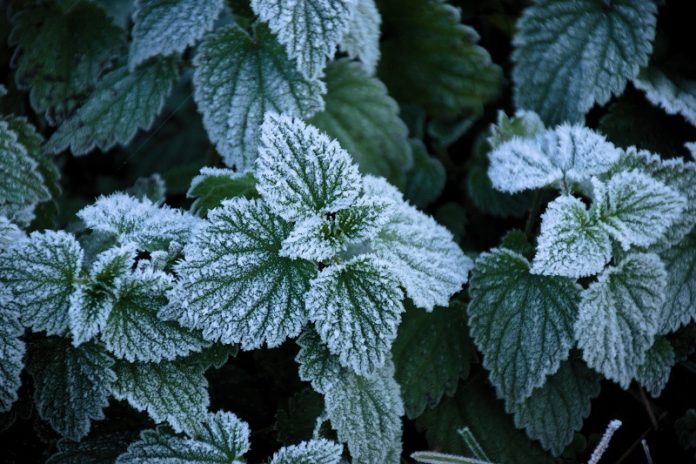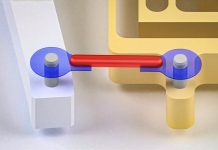
Imagine a world where you never have to scrape frost off your car or defrost your freezer.
Engineers at Northwestern University have developed a new surface technology that could make this a reality.
This innovative design prevents frost from forming for up to a week—1,000 times longer than other anti-frost surfaces.
The research team, led by Professor Kyoo-Chul Kenneth Park, discovered that by combining a special textured surface with a thin layer of graphene oxide, they could stop frost from building up entirely.
The graphene oxide, a material only a few microns thick, traps water vapor in tiny bumps on the surface, preventing it from freezing.
This combination stops 100% of frost for an extended period, making it far more effective than current anti-frost solutions.
The new anti-frost surface is durable and can withstand scratches, cracks, and contamination, making it suitable for a wide range of applications, from vehicles to infrastructure.
“Unwanted frost is a huge problem for many sectors,” says Park, noting how frost can cause disruptions in industrial and residential settings, and even contribute to safety risks. For example, in 2021, Texas faced a power crisis caused by frost and ice that led to an estimated $195 billion in damages.
According to Park, preventing frost could save billions of dollars in maintenance and reduce energy waste.
Park’s team has been working on anti-frost surfaces for years. In an earlier study inspired by the natural shape of leaves, they found that wavy, millimeter-scale textures could reduce frost by 80%. Inspired by this discovery, they created a surface with tiny peaks and valleys.
Water gathers in the valleys, where it’s less likely to freeze, keeping the surface frost-free.
In the new study, they took this design a step further. By adding a layer of graphene oxide, which draws in water vapor and traps it, the team managed to create a “frost-proof” zone. The valleys coated with graphene oxide keep water from freezing, even in highly humid, cold conditions. The texture also increases durability, helping the surface remain effective for long periods.
When compared to other leading anti-frost surfaces, the results were dramatic. Traditional water-repellent and lubricant-infused surfaces only stop about 5–36% of frost for five hours. But Park’s new design prevented all frost from forming for 160 hours, even in high humidity. “Most anti-frost surfaces lose effectiveness due to damage or contamination over time,” Park said, “but our design stays strong and keeps working.”
This innovation has practical benefits beyond just home appliances and car windshields. Frost on airplane wings creates drag, making flying dangerous, and frost buildup on power lines can cause them to break under the added weight, leading to power outages. Frost also affects vehicle sensors, potentially making roads less safe for automated vehicles.
By developing this new frost-resistant technology, the team has created a surface that could reduce costly mechanical failures, energy loss, and safety risks.
And while each application has different requirements for frost resistance—airplane wings might need seconds of resistance, while powerlines in winter need days—the insights from this study can help engineers design frost-resistant solutions that meet each application’s unique needs.
Source: Northwestern University.



